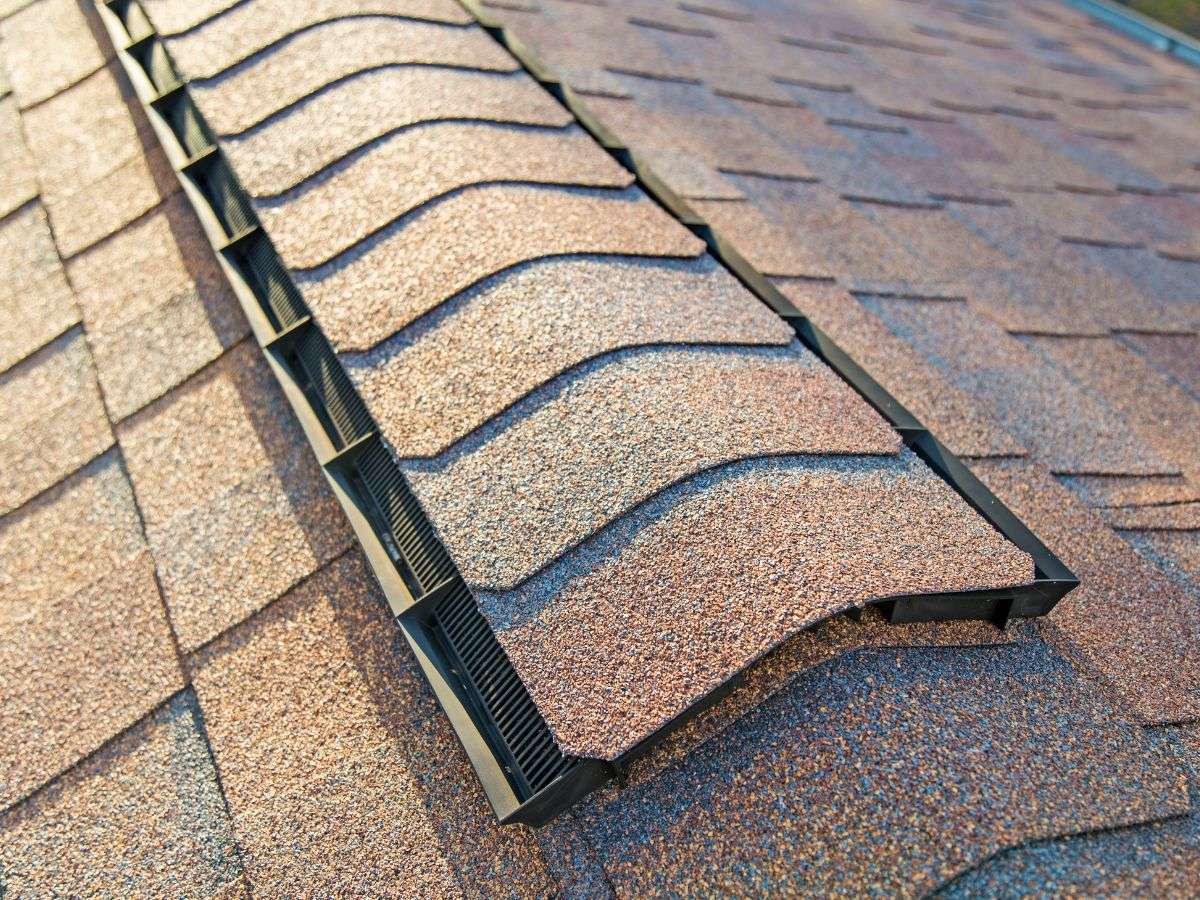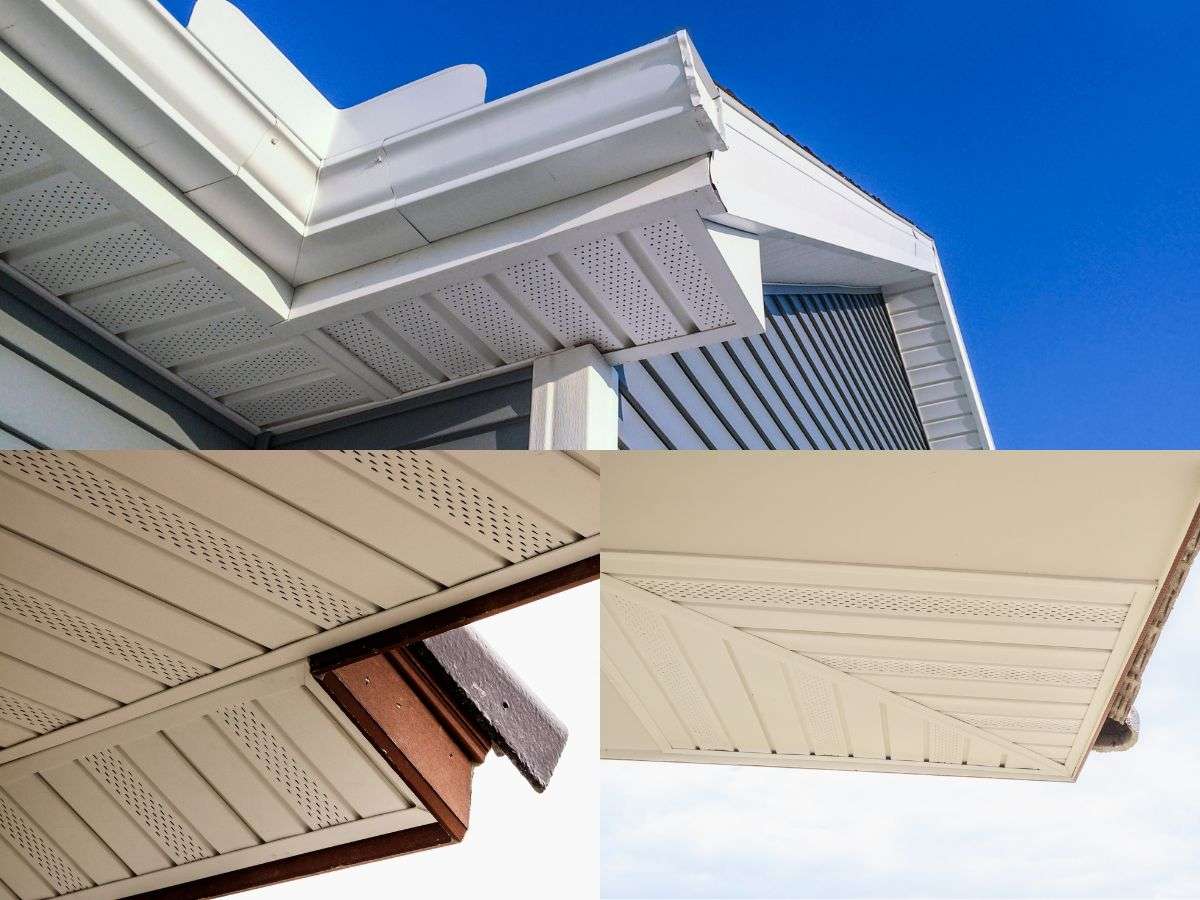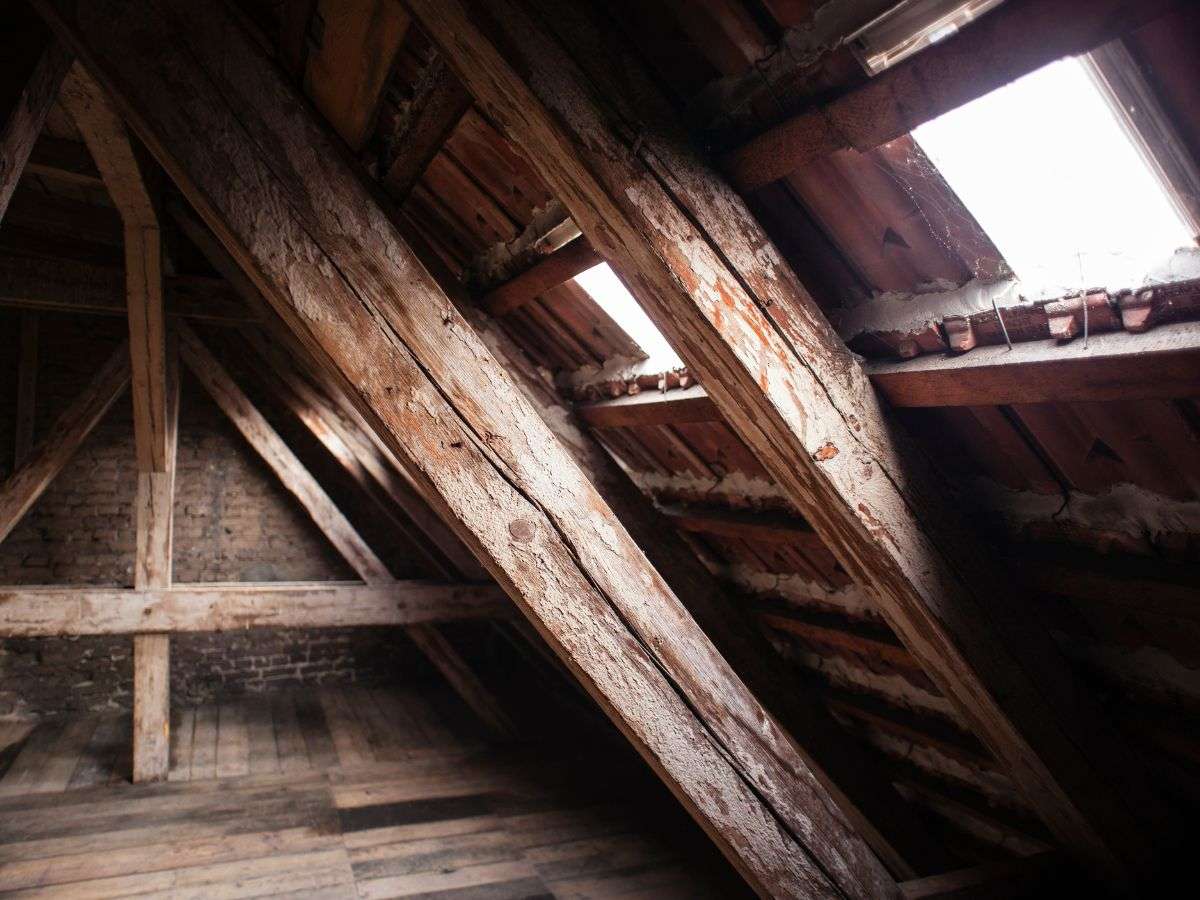The Synergy of Eave Vents and Rooftop Attic Vents
Understanding how eave and attic vents work together is crucial for keeping your home comfy and energy-efficient. These vital parts of your attic ventilation system can reduce energy costs and help your roof last longer.
Eave vents let fresh air into the attic space, while rooftop vents push out hot, moist air. This airflow keeps your attic cool in the summer and reduces moisture in the winter, helping to protect your roof system. Good attic ventilation keeps indoor temperatures low, boosts comfort, and eases the load on your HVAC system.
In this post, we highlight how proper venting provides long-term benefits for both homes and the people living in them.

What is an Eave Vent?
Eave vents, also known as soffit vents, are located in the eaves of a house—right at the edge where the roof meets the walls. These vents allow fresh air to enter the attic at its lowest point. Proper vent installation and maintenance are essential to prevent moisture buildup and maintain roof integrity.
Rooftop attic venting like ridge vents, gables, or turbine vents are installed at the roof’s peak to expel warm moist air. This setup balances intake and exhaust vents, regulating temperature, reducing energy costs, and extending roofing material lifespan.

Why Airflow is Essential
The airflow mechanism is not just about bringing in fresh air; it’s about what this air does as it travels through the attic. When fresh air enters through the vented eaves, it starts a crucial process of thermal regulation. During the warmer months, this incoming air helps in pushing out the hot, stale air that accumulates at the peak of the roof. This process keeps living spaces cooler and more comfortable by significantly reducing the home’s heat load.
Natural air conditioning reduces reliance on artificial cooling, lowering energy costs and promoting eco-friendly homes. Managing attic temperature extends roofing lifespan, prevents moisture, and improves indoor air quality.
Why is Airflow Important in Cold Temps?
In colder climates, this ventilation system helps in preventing ice dams on the roof. Warm air can cause roof snow to melt and refreeze, leading to ice dams that may damage the roof. The cool air from the eave vents helps to maintain a uniform roof temperature, mitigating the risk of ice dam formation.
How to Remove Moisture in the Attic
Proper air circulation in the attic reduces moisture buildup, crucial for a healthy home. Excess moisture can lead to mold and rot, threatening the home’s structure. Mold not only damages building materials but can also pose serious health risks to the occupants.
Rooftop ventilation systems prevent issues by expelling damp, stale air. Proper attic ventilation safeguards your home’s structure and prolongs roofing materials’ lifespan, preventing expensive future repairs.

How to Maximize Benefits of Attic Ventilation
Ensure a balance between the amount of intake and exhaust to maximize eave and rooftop attic vent benefits. Ensure the eave vents’ area equals or exceeds that of the roof vents for efficient airflow. This balance allows for proper ventilation, which helps to regulate temperature and moisture levels within the attic. Proper ventilation can prevent issues such as mold growth, wood rot, and ice dams in colder climates.
Insulation works by keeping living spaces separate from the attic, stopping heat transfer, and making vents more effective. Good insulation helps to maintain a stable temperature inside the home, reducing energy costs and improving overall comfort.
Ensure insulation is correctly installed without gaps to prevent energy loss and maintain ventilation efficiency. Regularly maintaining vents and insulation keeps your attic in top condition year-round.
Make Sure to Check Your Roof Eave Vents and Attic Vents
The symbiotic relationship between eave vents and rooftop attic vents is fundamental to home ventilation and energy efficiency. This system improves home comfort by reducing energy costs and preventing moisture issues through continuous attic airflow. Understanding and maintaining ventilation is crucial for homeowners to enhance their home’s efficiency and longevity.
Do you have issues with your eave venting or attic ventilation? Do you notice moisture in your attic or problems with airflow within your home? Remember to contact a roofing professional to inspect the issue. If you’re in Tennessee or Georgia, Roof MD can assist.
We offer free roof inspections and can identify the root cause of the problem, ensuring your roof and home get the care they need.
